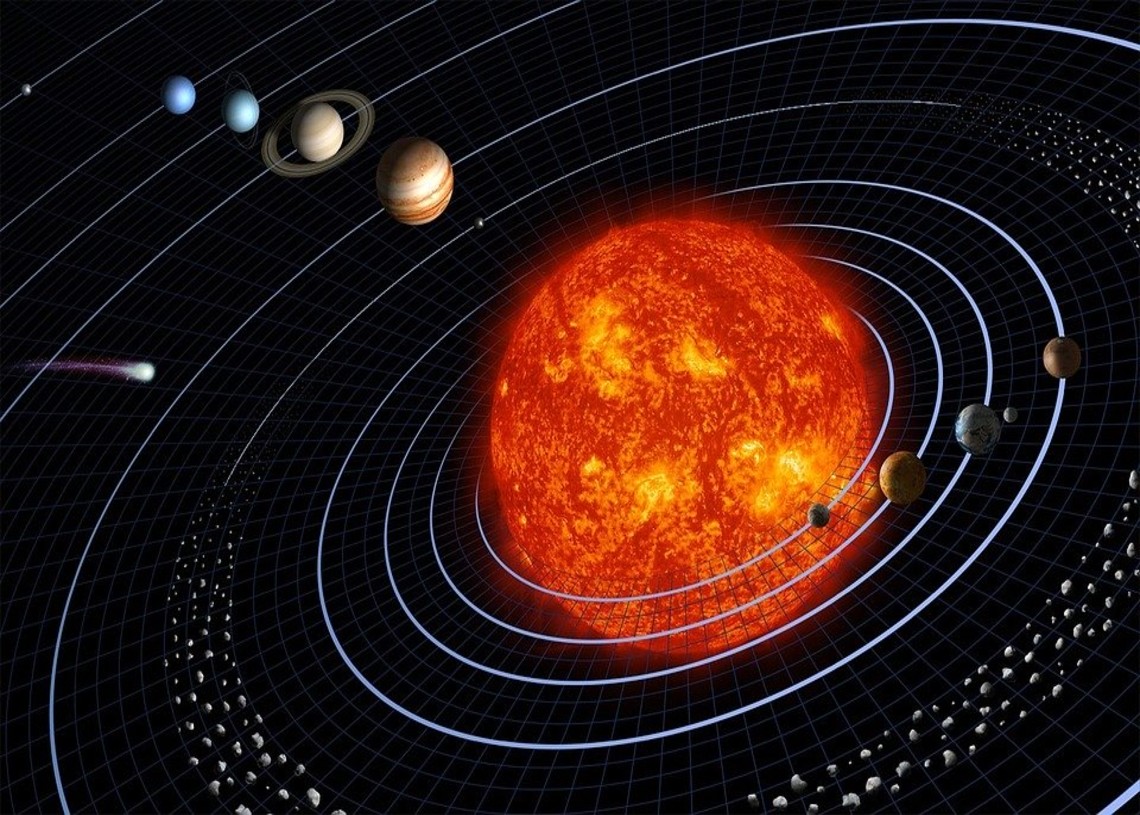Scientists have been able to narrow down the center of our solar system to within a hundred meters. The research was published in the Astrophysical Journal.
The center of our solar system has always eluded scientists, with years of research failing to pinpoint a singular point that can be termed as the center of our solar system. For many, when they picture the center of our solar system, the first thing that comes to mind is the sun.
Center of our solar system found
However, this might not be the case, according to a team of scientists who have been able to pinpoint the center of our solar system down to within 100 meters. Their study was published in the Astrophysical Journal and is expected to be monumental research that will be used by scientists to better understand gravitational waves.
The biggest challenge in determining the center of our solar system has been planet Jupiter, which is the biggest of the eight planets. Its massive size means that it is able to have a much bigger gravitational pull and hence making it harder to determine the center of the universe.
However, what is clear in the new research is that the sun is not the center of our solar system. By using pulsars, which are fast rotating neutron stars, or the super-dense remains of a supernova. Pulsars can be observed in stars, where, on a clear sky, you are able to see stars blinking. This phenomenon is caused by pulsars, hence the name.
The research was a major breakthrough in understanding the universe
Stephen Taylor, a physicist and astronomer at Vanderbilt University, said they used the concept of pulsars in the milky way to pinpoint the center of our solar system, which is just outside of the sun’s surface. In fact, the calculations were so accurate that scientists said they could pinpoint an area, about 100 meters, that they believe is the center of our solar system.
Taylor said the research gave a holistic approach in understanding the gravitational waves in depth. He also continued by saying studying and gaining insights on pulsars gave them a better understanding of the universe and how it worked.
Featured image by Pixabay







